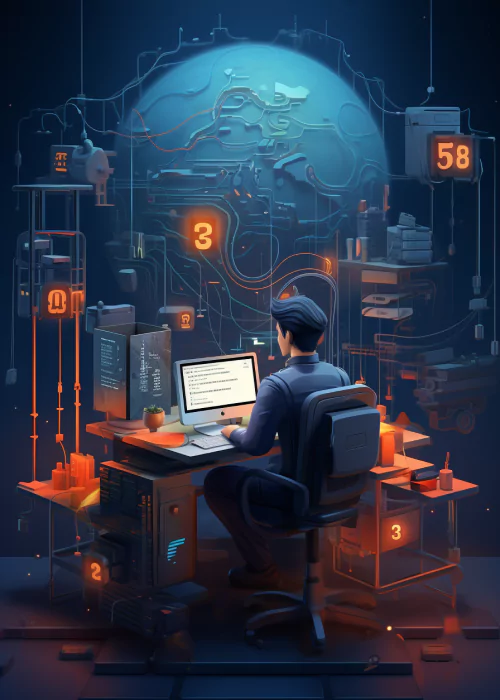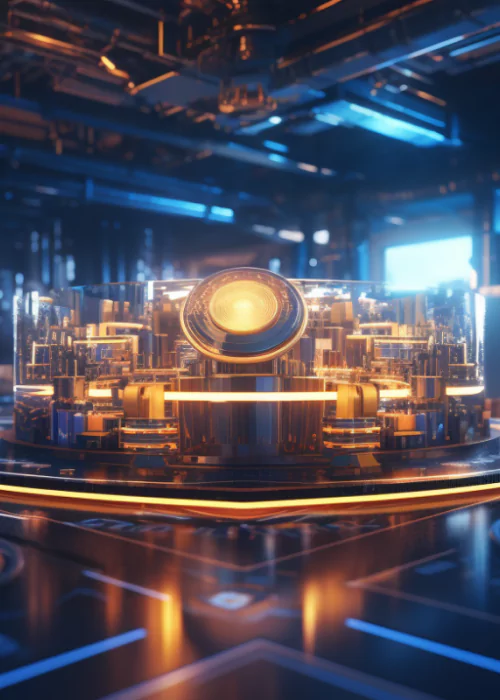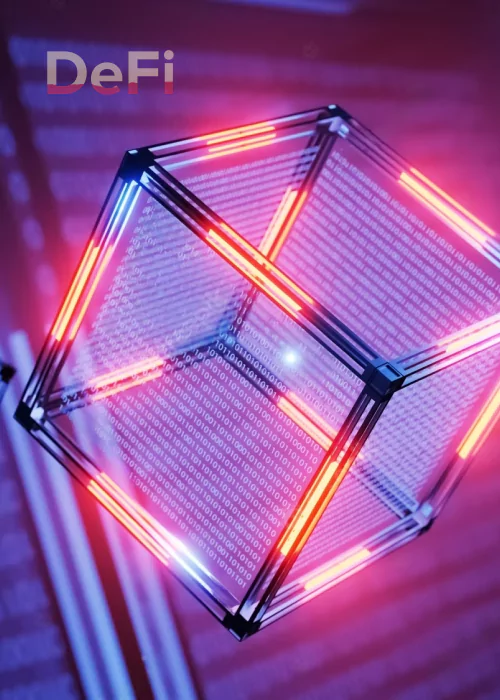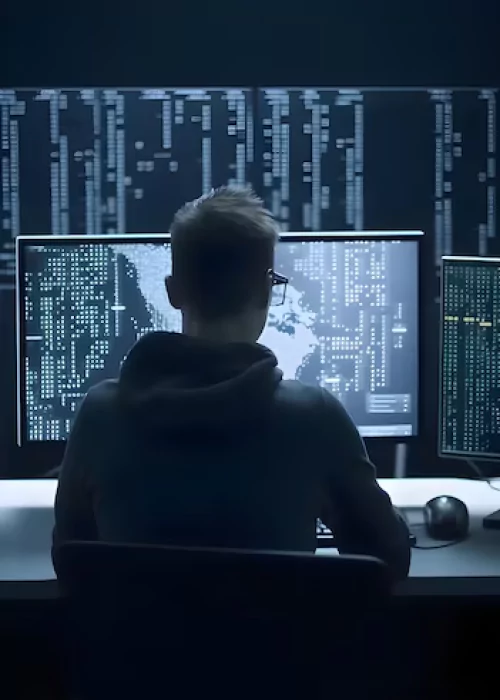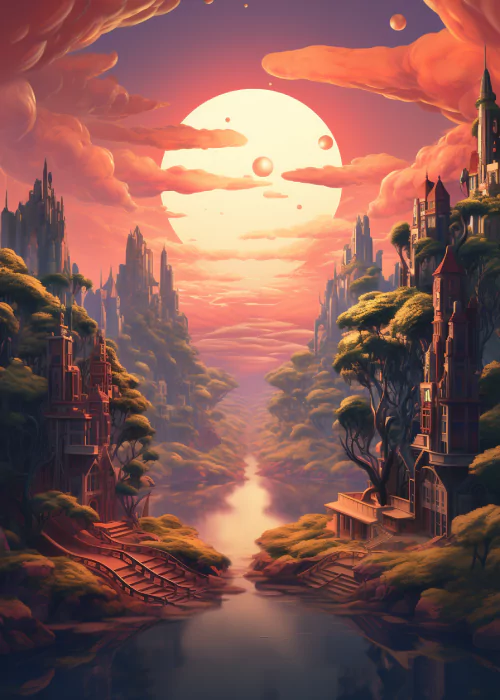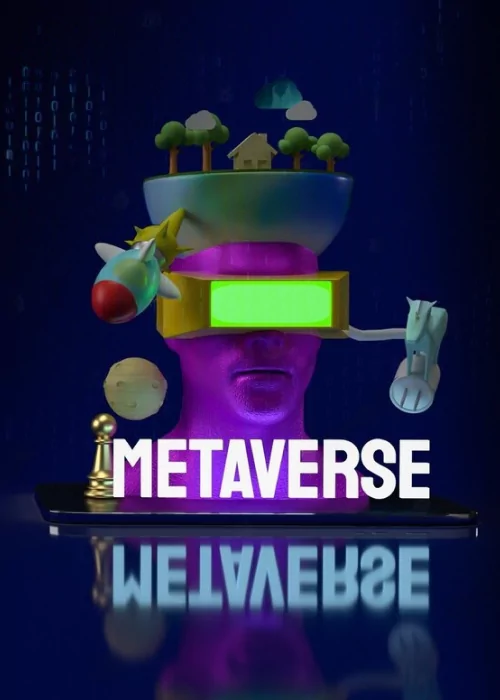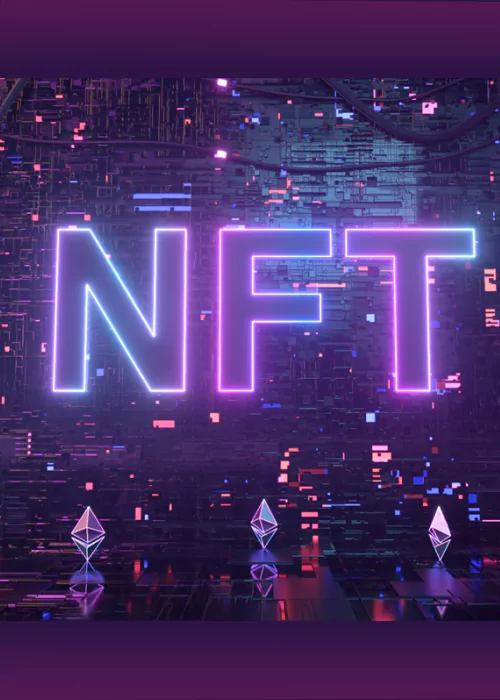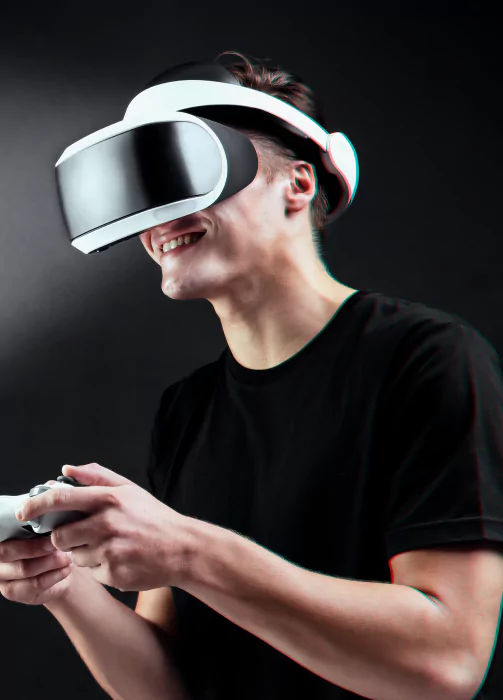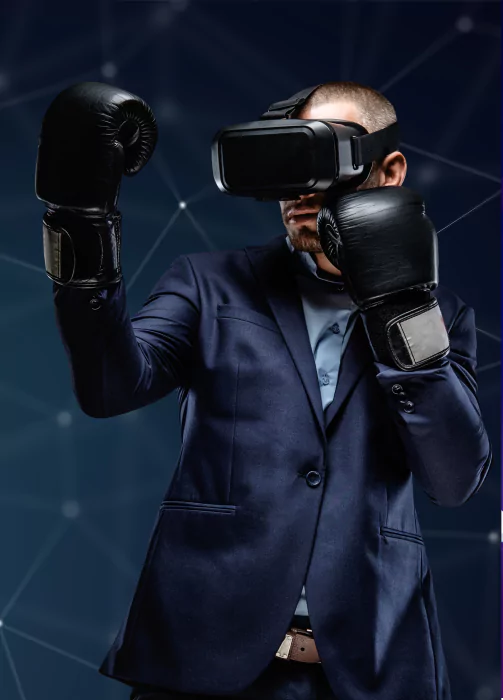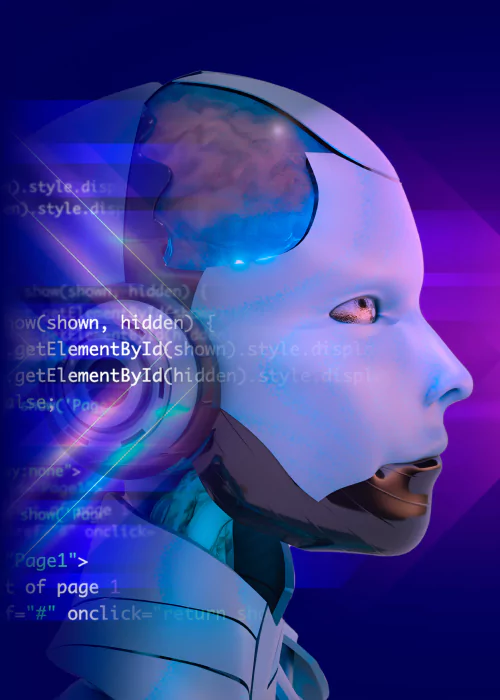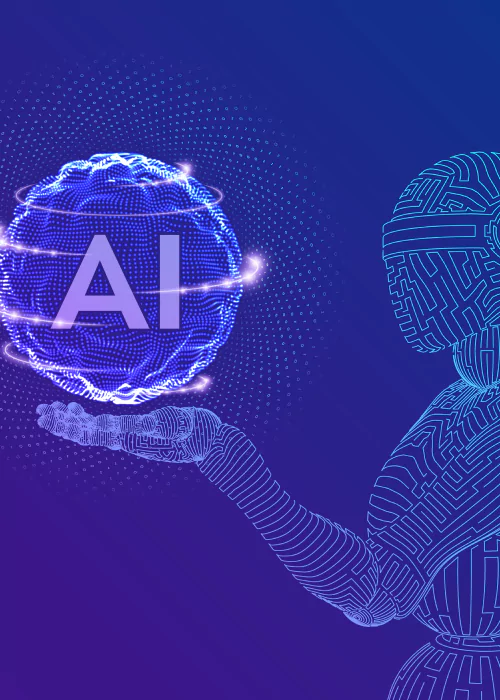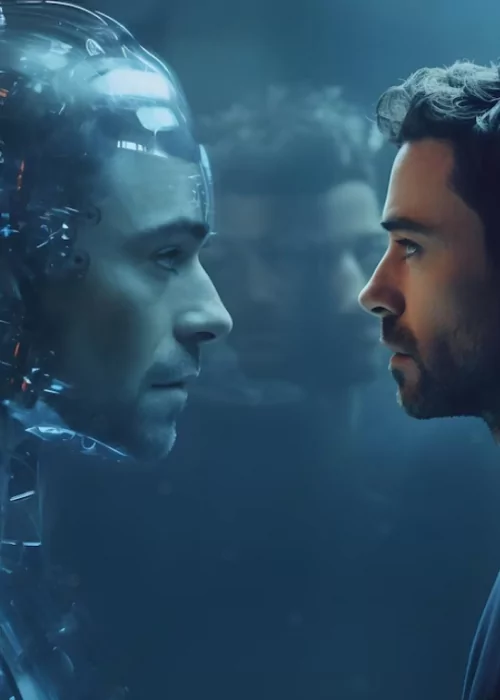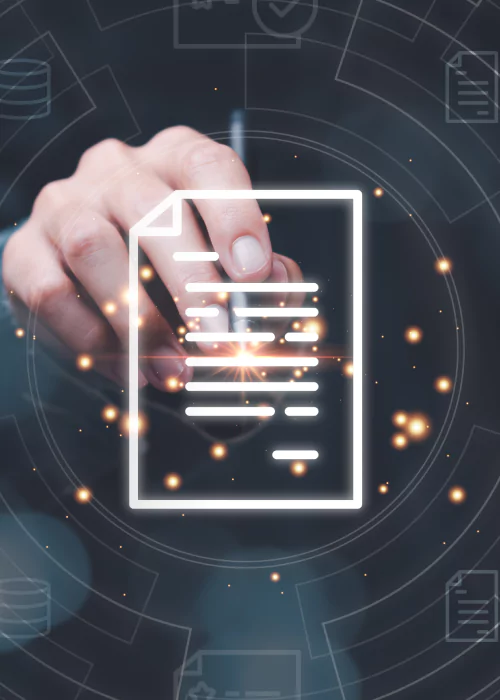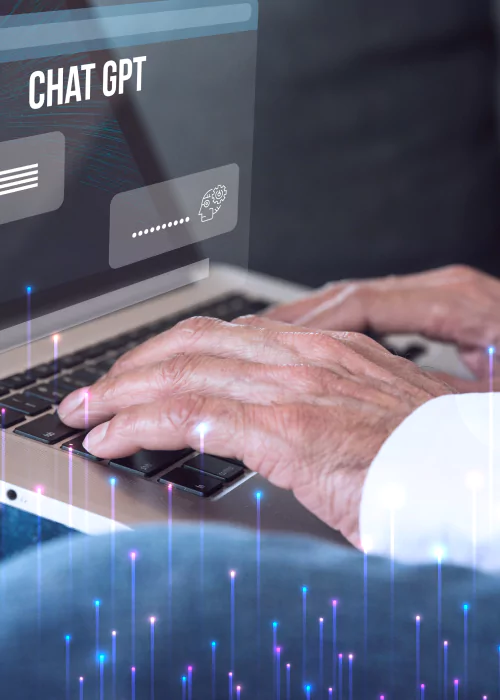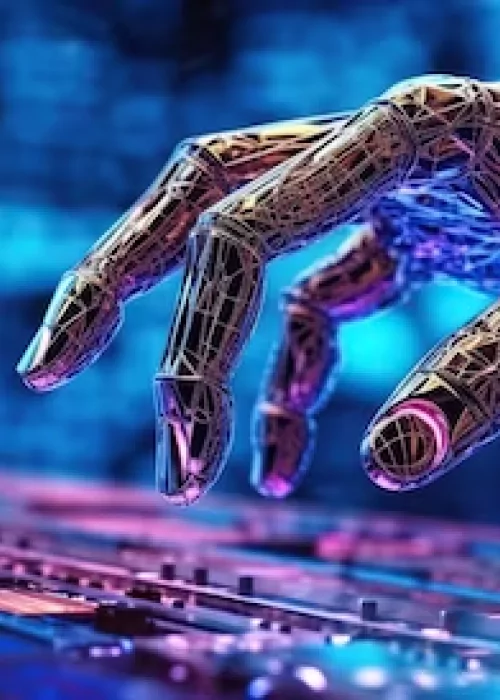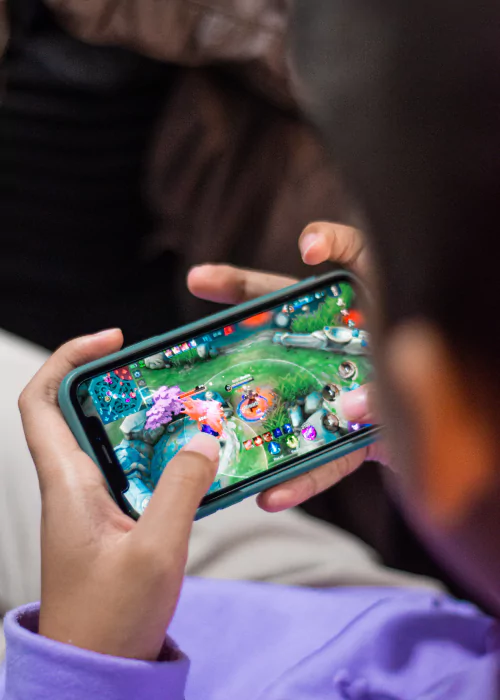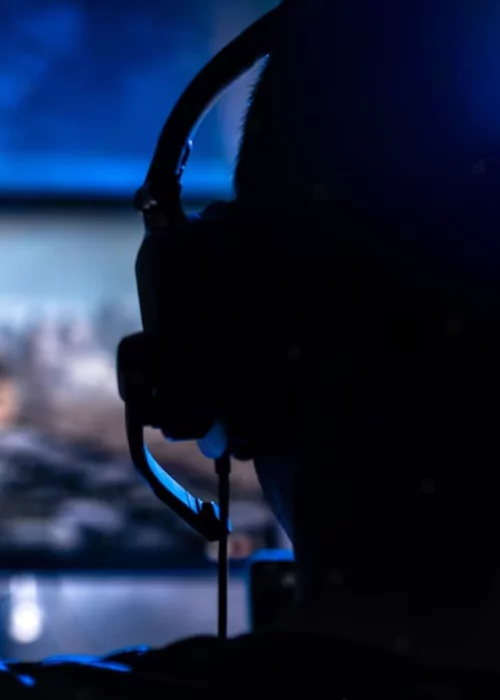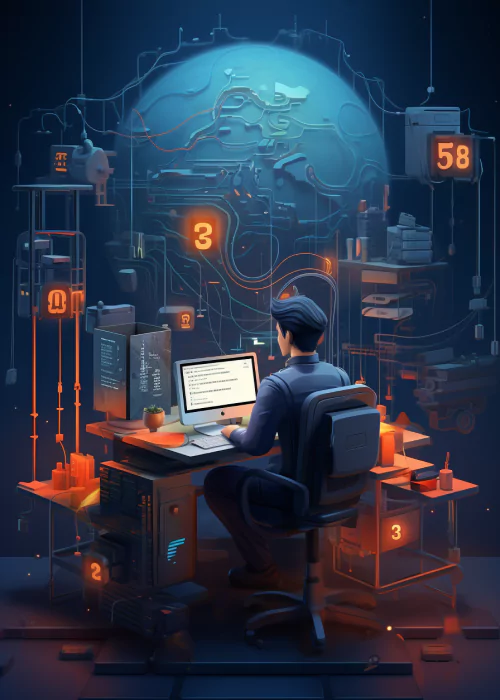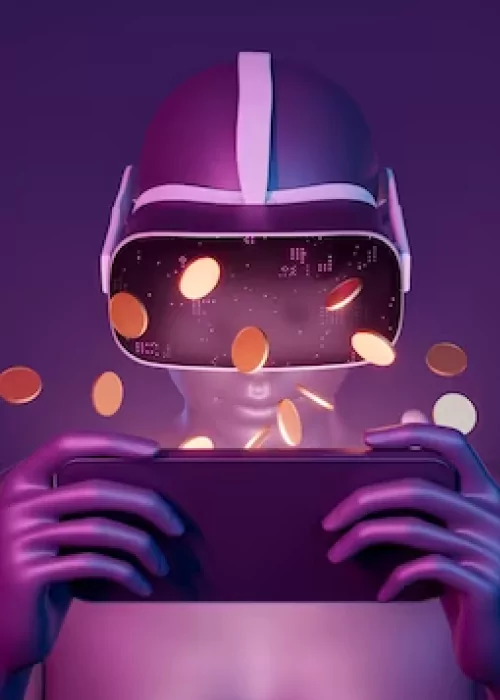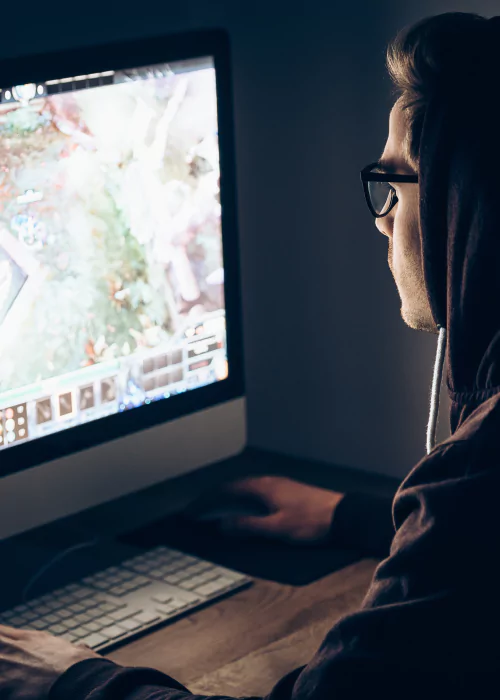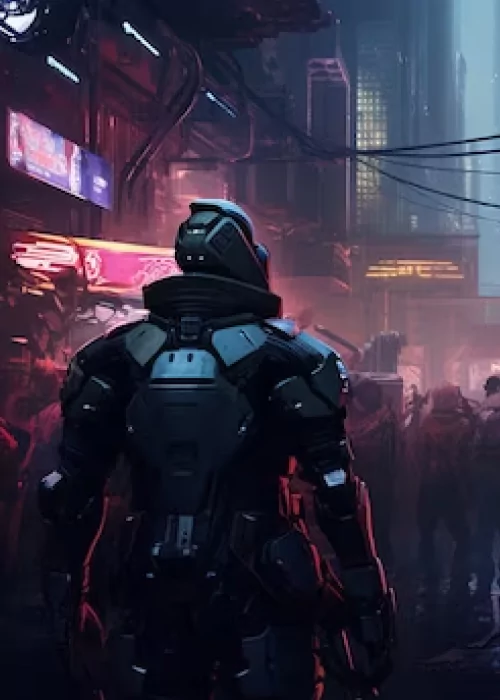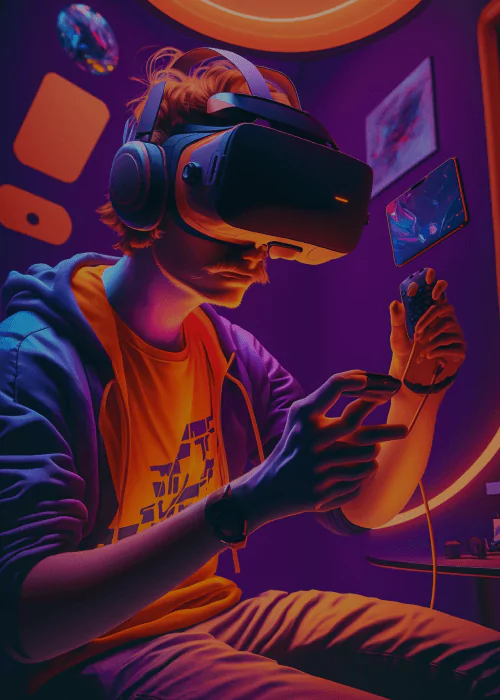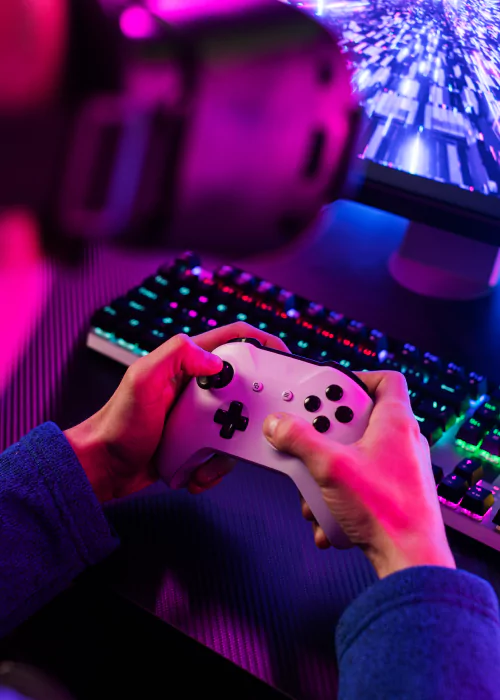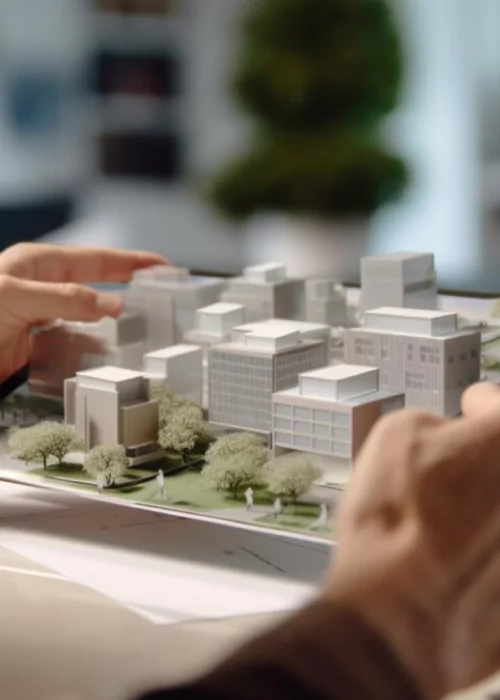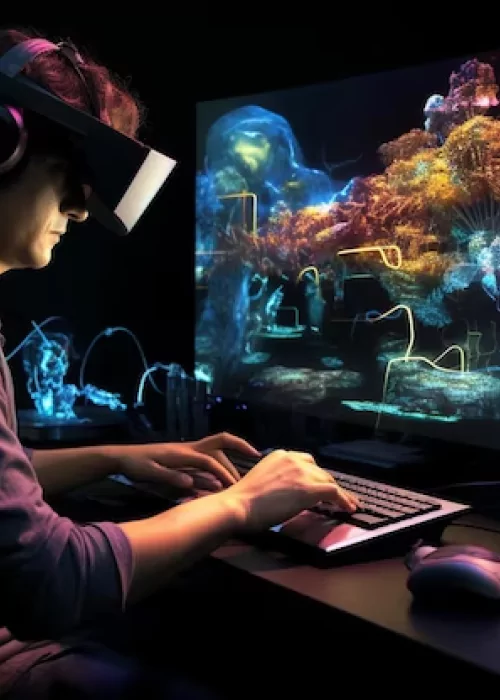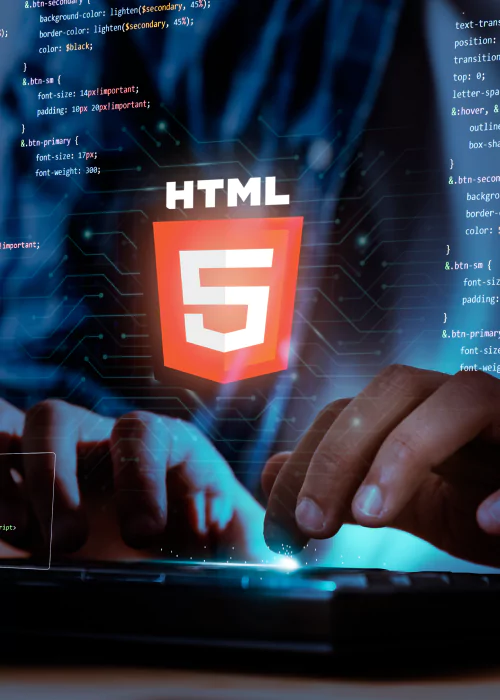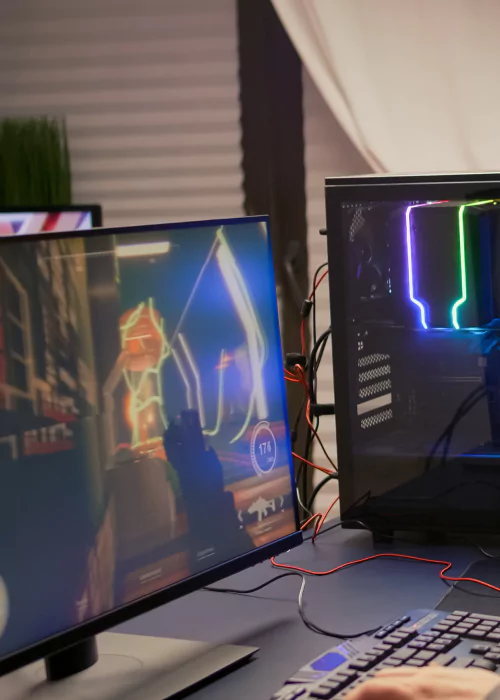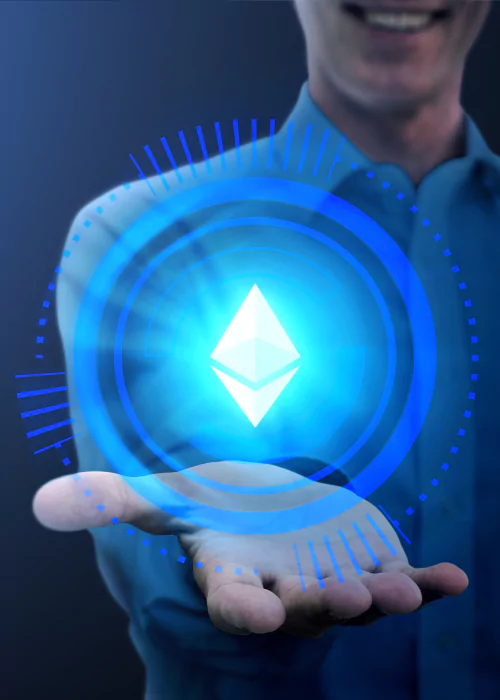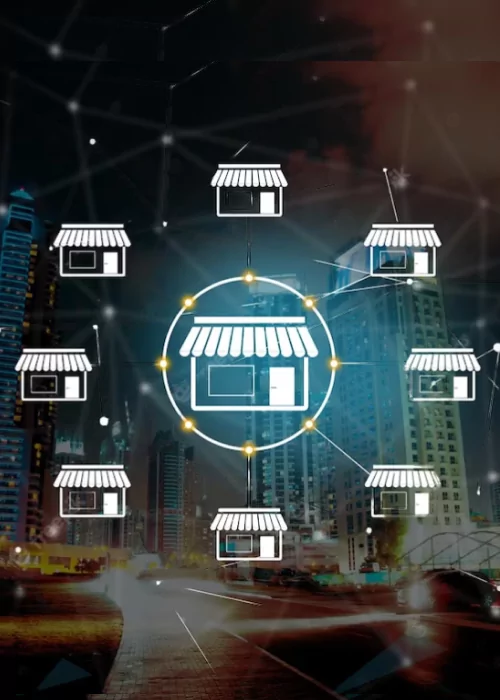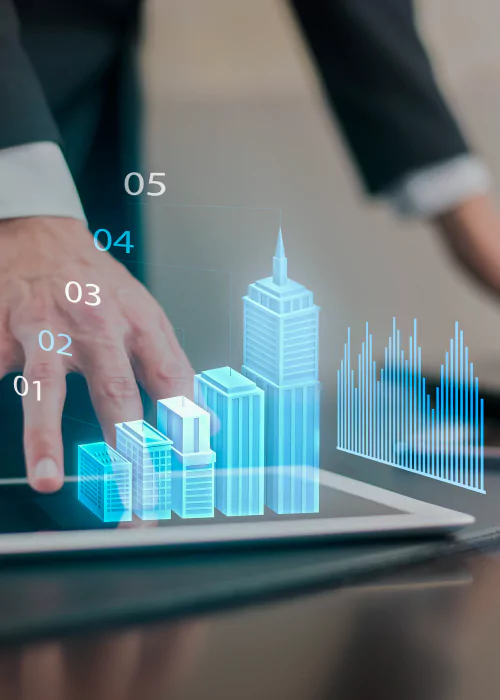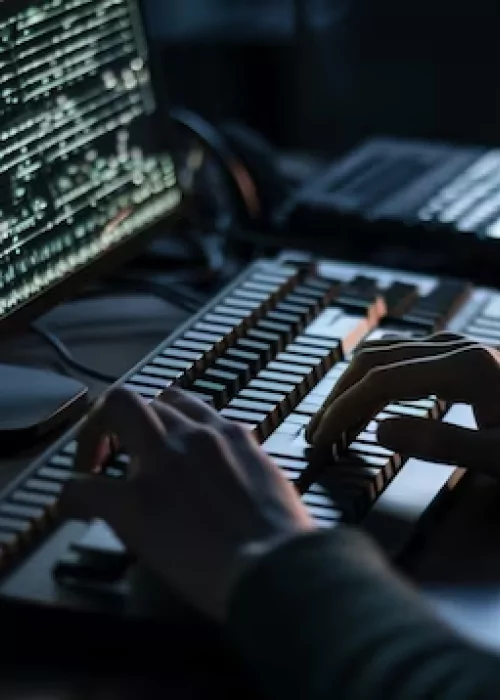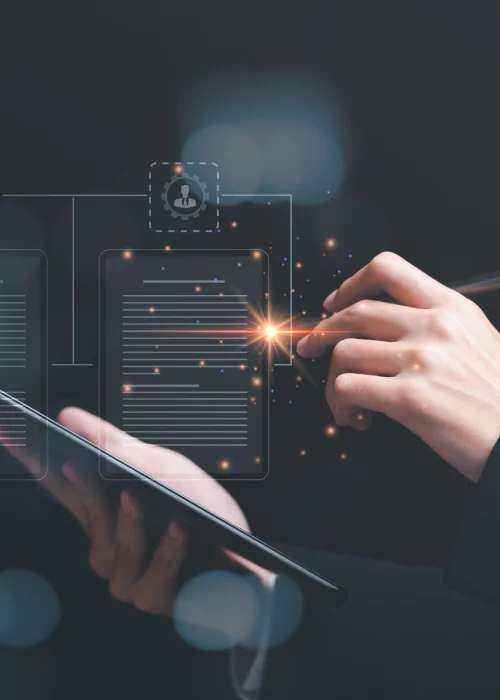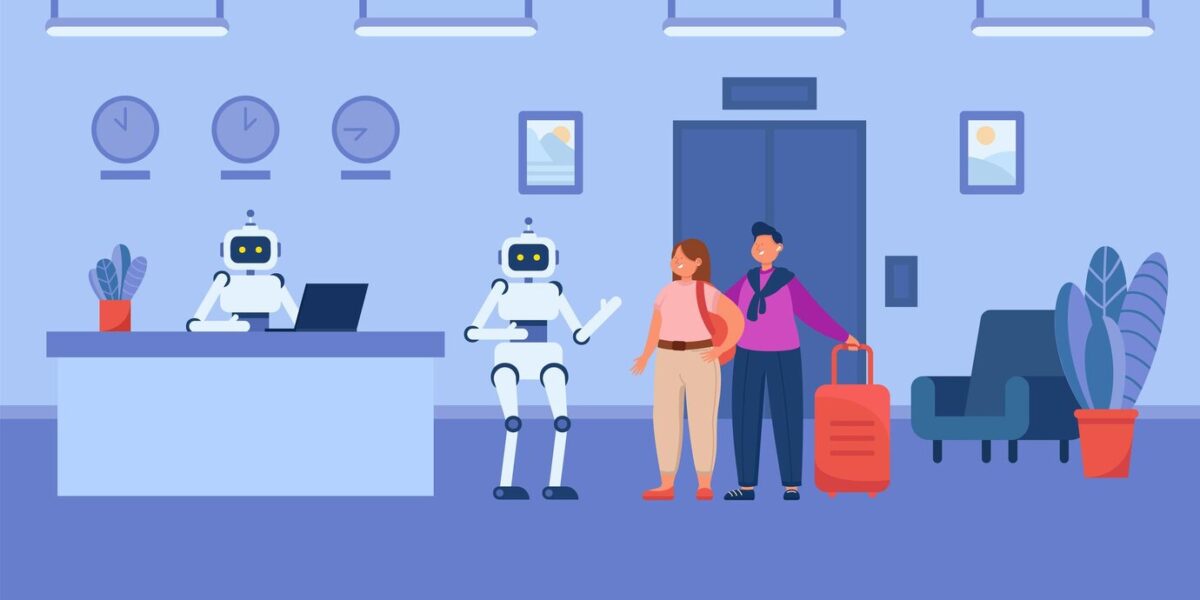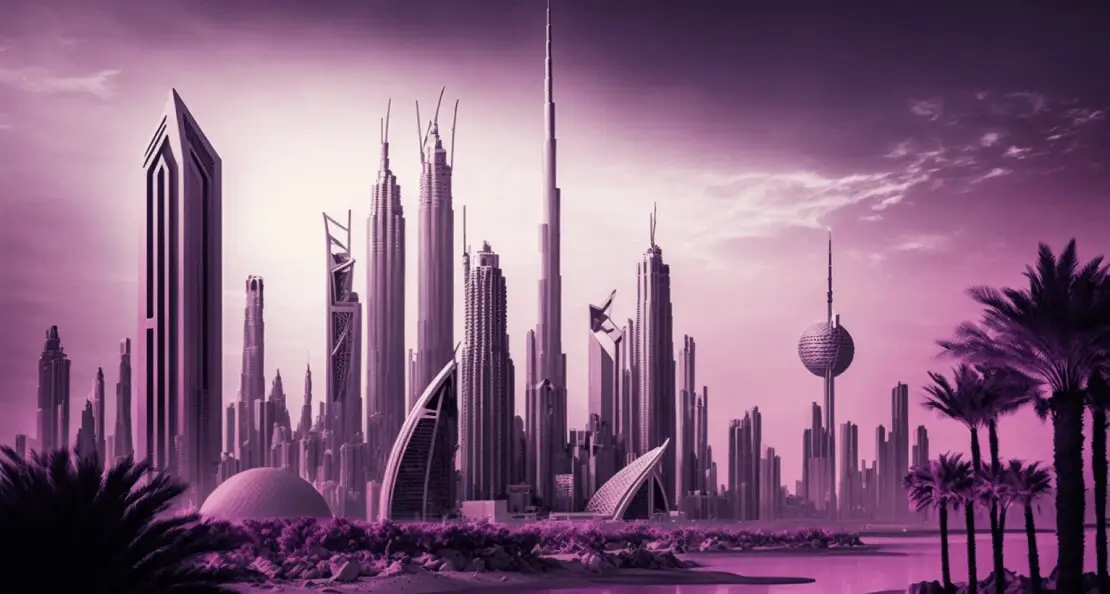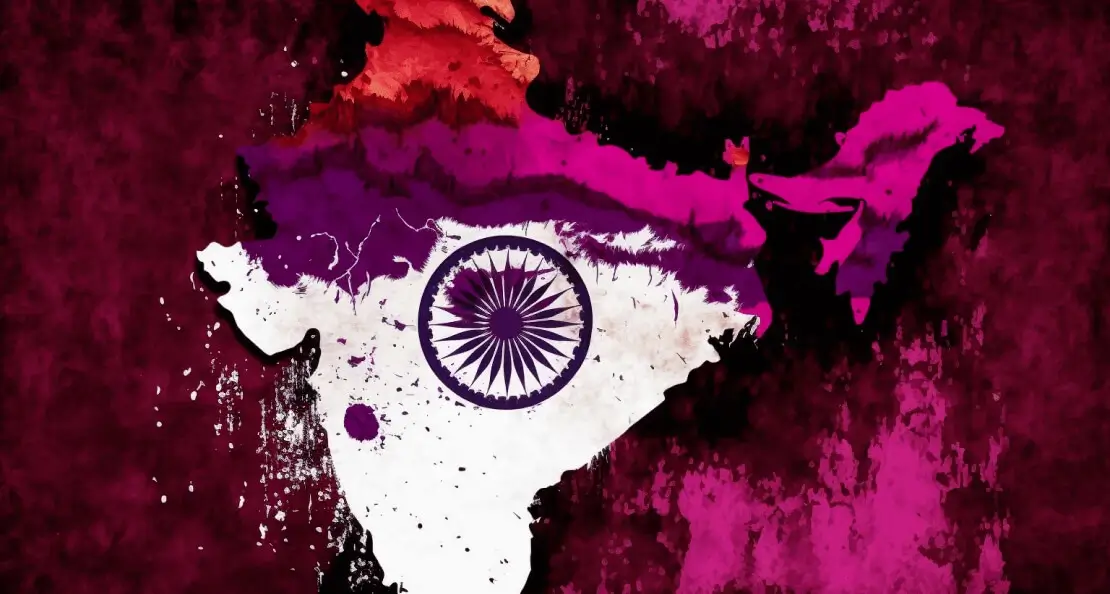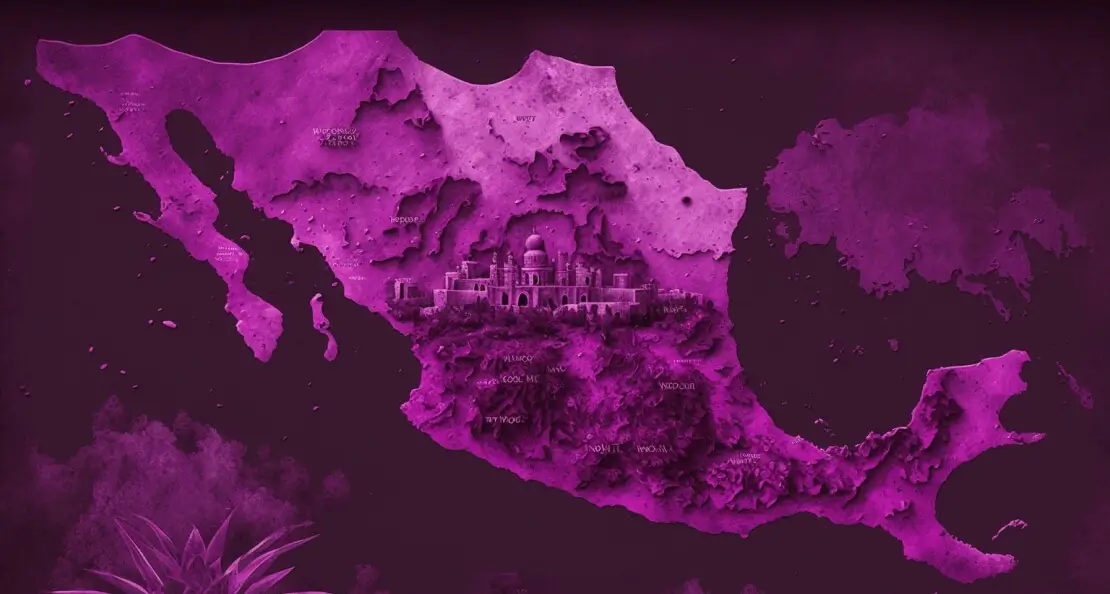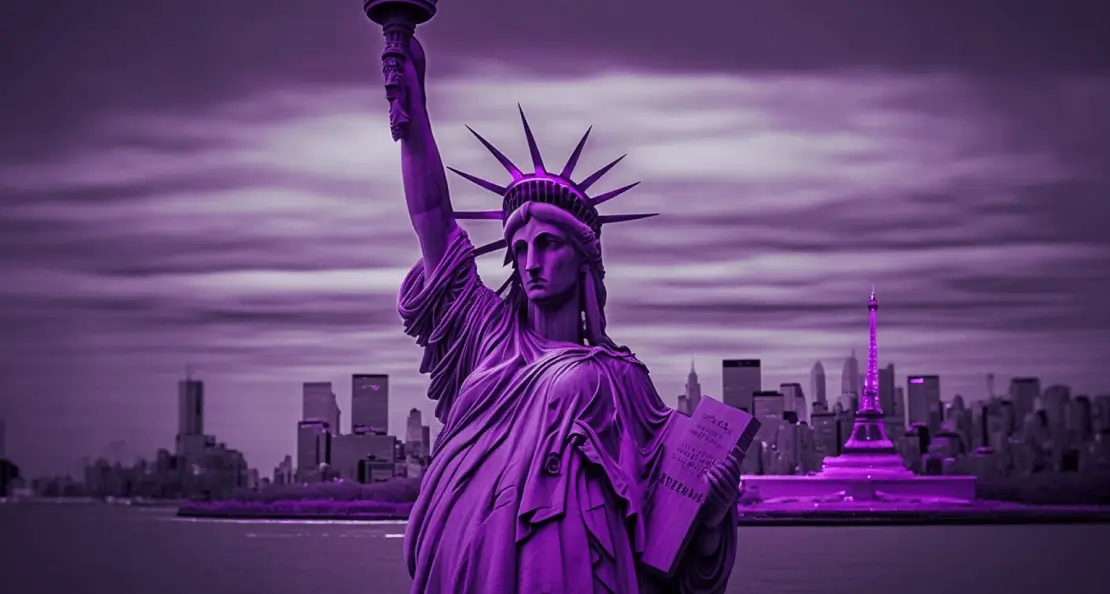Studio Ghibli AI Integration: Fusing Handcrafted Aesthetics with Cutting-Edge Automation
Immediately, the idea of “Studio Ghibli AI integration” evokes the recognizable narrative and unique aesthetic of the venerable studio that created Spirited Away and My Neighbor Totoro. However, how can one blend contemporary AI-powered tools with the delicate, handcrafted artistry of Ghibli’s renowned animation? Let me elaborate.
Essentially, the goal is to use technology to improve visual fidelity, expedite procedures, and assist animators with tedious work—all while maintaining the distinctively artistic flair. Ghibli’s signature style is, after all, the hand-drawn, impressionistic look that fans all over the world still enjoy.
How can we, then, combine the distinctive creativity that millions adore with sophisticated automation? And how can studios, businesspeople, and fans who want to advance the industry take use of this? This may make you question whether it’s even possible.
Below, we’ll explore how AI integration in animation can complement the Ghibli style, the challenges it can help solve, and what future-forward steps businesses can take to remain relevant. We’ll also venture into the interesting ways AI might expand artistic possibilities rather than hinder creativity. So, let’s jump right in.
Why AI Makes Sense in Animation
Animation is resource-intensive. Traditional 2D animation, the kind Ghibli excels at, calls for thousands of carefully crafted frames. Even 3D animation can involve huge complexities—texture mapping, lighting, rigging, and more. AI’s ability to automate certain tasks is a game-changer if done thoughtfully. Here are a few reasons studios and startups alike are turning to AI:
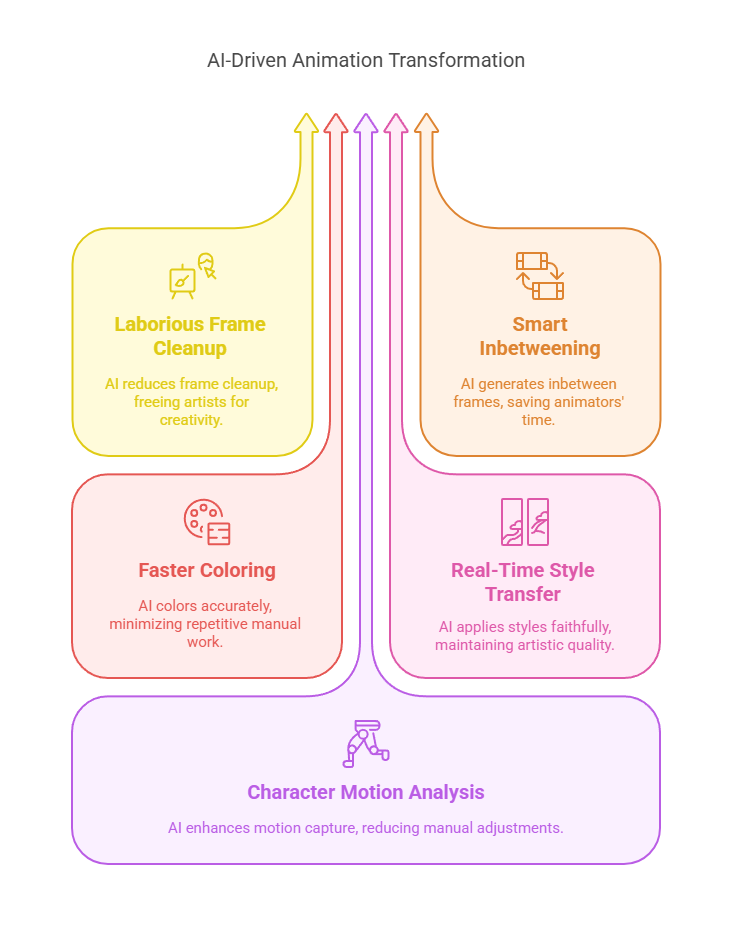
- Laborious Frame Cleanup – Hand-drawn frames often need cleaning to remove noise or pencil marks. AI image processing can reduce that drudgery, giving artists more time for design and storytelling.
- Smart Inbetweening – Instead of animators manually creating inbetween frames, an AI can generate some of them automatically. This allows expert artists to refine key poses instead of spending hours on repetitive transitional work.
- Faster Coloring – AI-driven coloring tools can apply color palettes accurately, reducing time spent filling in repeated color cells. The human eye remains essential, but you minimize the tedium involved.
- Real-Time Style Transfer – Imagine having a neural network trained on specific Ghibli backgrounds or color palettes. AI can apply that style to new scenes with surprising fidelity, preserving the tactile quality fans expect.
- Character Motion Analysis – In 3D contexts, AI can interpret and adapt motion capture data more fluidly, lessening the time spent manually refining movements.
These capabilities underscore a pressing reality: if you’re not integrating at least some aspects of automation or AI, you’re risking inefficiency. Seeking guidance on how to incorporate the right tools and processes can ensure your animation pipeline remains cost-effective and creatively free.
Defining Ghibli and Artificial Intelligence Goals
Ghibli—in a broader sense—represents careful craftsmanship and an emphasis on emotive storytelling. No one wants to see that vanish just because we have new technology on board. Therefore, the primary mission in merging AI integration development with the Ghibli style is to preserve artistry while automating repetitious tasks. A second priority is bridging modern production requirements (meeting tight deadlines, working with remote teams, etc.) in a way that doesn’t muddy the hallmarks of a handcrafted aesthetic.
Achieving this balance isn’t always straightforward. Studios must decide which processes to automate and which tasks demand the human touch. Though it’s feasible to delegate frame-by-frame creation almost entirely to machines, animators often prefer to keep a guiding hand on every detail. And that’s understandable—nobody wants the final product to look like run-of-the-mill digital cutouts.
The Power of AI Integration in Animation: A Tiered Overview
Below is a brief snapshot of how artificial intelligence can add value across different stages of animation production in a Ghibli-like setting:
| Production Stage | AI Application | Value Proposition |
|---|---|---|
| Pre-production | Concept art generation; script analysis; mood board creation | Accelerates ideation and ensures consistent style references |
| Production | Automated inbetweening; color fill; style transfer | Cuts down on manual labor; upholds visual consistency |
| Post-production | Noise reduction; image stabilization; final color grading | Enhances clarity, speeds revision cycles |
| Marketing | Personalized trailer editing; social media snippet creation | Increases output for promotional content with less manual overhead |
By dividing your pipeline into these distinct categories and applying AI where it makes sense, studios can significantly reduce repetitive work. If you’re thinking about adopting a similar structure, it’s wise to map out your production tasks and pinpoint exactly where an AI-driven boost might help the most.
Setting Up a Strategy: Steps to Merge AI and Ghibli Aesthetics
Here’s a straightforward outline to guide studios or startups interested in seamlessly mixing Ghibli’s charm with AI-driven techniques:

- Identify the Core Aesthetic – Pin down the particular Ghibli style or the style reminiscent of Ghibli that you want to preserve. Is it the watercolor-like backdrops? Soft, expressive character lines? Gentle palette transitions? Document these visuals thoroughly.
- Choose Appropriate AI Tools – Evaluate existing AI-based solutions in animation. Some focus on inbetweening, others handle color correction, and some do high-level style transfer. Dig into user reviews, talk to other professionals, and possibly run pilot tests.
- Partner with Experts – Consider collaborating with AI developers who have a background or interest in animation. You’ll want a team that understands how to adapt machine learning algorithms to your exact style specifications.
- Test in Limited Production – Start small. Run AI trials on a test project or a specific sequence rather than an entire feature film. Observe how well it replicates your desired aesthetic, and gather input from animators, directors, and (if possible) a small group of viewers.
- Iterate and Refine – AI models are only as good as the data you feed them. Continuously refine style references, line thickness presets, color palette data, and lighting to polish your final product. AI integration in animation is seldom a one-and-done process.
- Maintain Human Oversight – Without a thoughtful human eye, AI can produce subpar or artificial-looking results. Keep that final pass for human artists to ensure the output remains genuinely magical.
If you’d like tailored advice on establishing your own AI-driven pipeline, we’re more than happy to share our experiences helping major studios do exactly that. It might sound complex, but working with a specialized team can reduce trial and error significantly.
Integrating AI into Hand-Drawn Animation: A Real-World Example
Let’s consider the scenario of a mid-sized animation studio aiming for that painterly look. Their biggest challenge is time spent on cleaning up frames and consistently coloring characters across extended scenes.

- Step One: They gather all current color references, line art examples, and background pastels. By structuring these into a dataset, the studio “teaches” an AI model the ins and outs of the style.
- Step Two: The team sets up an automated coloring engine based on a neural network. Each time a frame is scanned, the engine attempts to fill color according to the designated style references.
- Step Three: A small group of in-house artists reviews each batch of frames in progress. If the AI miscolored or oversimplified a texture, they correct it. Those corrections feed back into the model, improving accuracy.
- Result: Within a month, the AI is coloring frames with around 90% accuracy to the original style. Animators can now refocus on emotive storytelling, interesting camera angles, and fine detail work. The artistry stays intact, but menial tasks are drastically reduced.
Overcoming Implementation Challenges
No technology integration is without hurdles, particularly when we talk about Ghibli and artificial intelligence. Will the AI inadvertently produce frames that feel sterile? Will it lose the nuance of hand-drawn lines? Actually, these concerns are valid.

- Data Quality: AI depends on well-curated data. If your reference materials or training sets are disorganized, your model might fail to replicate the essence of Ghibli’s aesthetic.
- Time Investment: Training neural networks can be time-consuming, especially in the early phases. Some teams expect overnight results, but real-world experiences often differ.
- Artistic Control: There’s a chance your creative team might feel overshadowed by AI. Clear communication about the role of AI (support rather than replacement) helps keep morale high.
- Cost Considerations: Setting up robust AI-driven workflows requires hardware, software, and skilled professionals. For smaller studios, financial constraints might mean a phased rollout.
Yet, there’s more to it than just these direct obstacles. AI also has the potential to spawn new creative directions. For instance, a director might harness generative AI to propose concept sketches that an artist can refine. It becomes a healthy collaboration rather than an unwelcome intrusion.
Common Misconceptions
Many assume AI will replace animators outright, leading to a flood of soulless, mass-produced cartoons. But that’s a misconception. AI is essentially a tool built to follow (and sometimes learn from) the guidance of skilled artists. It won’t spontaneously conjure up the emotional resonance of a meticulously hand-drawn Ghibli sequence unless a human crafts that vision in the first place.
Another misconception is that AI integration in animation is a quick fix for any bottleneck. But this process requires patience. Like with any creative technology, you want to allow enough time for model testing, user feedback, and multiple rounds of iteration. Instant results might be tempting to chase, but they rarely produce the kind of refined aesthetic that loyal audiences expect.
A Thoughtful Aside on Tech Adoption
Some in the art community worry about the “robotic invasion” of creativity. While caution can be healthy, knee-jerk rejections of new technology can limit a studio’s future viability. Anecdotally, studios that adapt to new production methods are likelier to thrive, and those that remain rigid risk being overshadowed by faster, more agile competitors. Still, every adoption plan should reflect a studio’s unique artistic philosophy. At times, a full-blown AI pipeline might not make sense, and that’s perfectly acceptable too.
Best Practices for AI Integration Development

- Establish Clear Project Goals: Define what you want to achieve with AI: faster production times, a new distinct style, or better post-production workflows.
- Be Ready to Pivot: Your initial model might underperform. Don’t see this as a failure but as part of the iterative journey. Sometimes smaller, targeted AI modules (like colorization alone) might be more helpful than an all-encompassing approach.
- Respect the Original Artwork: Ghibli and artificial intelligence can coexist, but never let software entirely override your original vision. Provide your AI with the right references and keep close watch to ensure it aligns with your studio’s core style.
- Encourage Cross-Disciplinary Collaboration: Animators, AI engineers, and directors should communicate regularly. Breaking down silos fosters synergy and ensures both artistic and technical elements advance together.
- Plan for Upgrades: AI in animation is rapidly evolving. Keep an eye on new releases and updates. By continuously refining your workflow, you avoid stagnation and maintain a competitive edge.
Have questions about tackling these best practices head-on? Don’t hesitate to connect with our team for further tips suited to your specific production environment. When you tap into real-world experiences, you’ll skip many of the missteps studios commonly make.
Market Opportunities and Potential Business Models
Beyond the production floor, AI integration services opens up exciting commercial opportunities. For instance, a studio known for using advanced AI might collaborate with major game developers or transition into an AI-driven service provider. They could license out proprietary styles or custom algorithms that replicate a beloved Ghibli inspiration. Some entrepreneurs are even launching AI-based content marketplaces where animators can sell or exchange specialized model configurations.
If you see a niche your company can fill—maybe a specialized motion detection tool for 2D frames or a plugin that seamlessly merges 2D and 3D data—this could be a golden moment. Indeed, AI integration in animation is becoming a hot domain for startups eager to support established studios that lack the in-house capacity to build everything from scratch. Opening dialogues with studios that love classic animation but also crave modern solutions can lead to fruitful partnerships.
Planning for the Future: Building on Earlier Points
Earlier, we talked about how shifting mundane tasks to AI frees up animators to focus on art direction and emotional nuance. Wait, there’s more. This approach might even help recapture some of the magic from older eras of animation. Instead of being buried under time-consuming tasks, small teams can channel their energy into telling compelling stories that mimic the full depth and warmth of a classic Studio Ghibli film. That’s the deeper purpose behind AI animation tools: to uplift human creativity, not stifle it.
Practical Tip: Train AI on Original Hand-Painted Cells
One lesser-known consideration is to gather actual hand-painted cells and concept sketches from archived or older works. Feed these physical or scanned assets into an AI model. This approach better captures the natural brush strokes and color nuances that standard digital artwork might miss. By referencing real paint textures, your AI can create animations that feel surprisingly organic. It’s a subtle trick, but it often yields results that fans describe as “handcrafted yet modern.”
The Need for Expert Guidance
It’s one thing to read about all these possibilities; it’s another to integrate them into a real pipeline. If you’re searching for a reliable partner to consult on everything from data preprocessing to model deployment, or even to figure out how to maintain a cohesive brand identity when shifting to AI-driven processes, consider an introductory session with our specialists. We’ve guided studios through these transitions before, helping each define a smooth approach that respects their budget and workflow constraints.
You don’t have to conquer AI-powered animation alone. When you pair with professionals who understand the intricacies of AI integration development, you’ll dodge common pitfalls and streamline your process from day one.
Conclusion: Where Do We Go From Here?
Studio Ghibli AI integration services combines the beloved, delicate style of handcrafted 2D animation with the efficiency of advanced machine learning. We’re witnessing a new era where tasks that have historically demanded ungodly hours can be handled in a fraction of the time. Best of all, this shift needn’t cost the soul of animation—that intangible, heartfelt quality cherished by fans and fueling box office success. By thoughtfully deploying AI, studios can continue to surprise audiences with breathtaking visuals, mesmerizing storylines, and that nostalgic wonder reminiscent of a timeless Ghibli masterpiece.
If you’re eager to delve deeper and uncover the best AI solutions for your specific animation goals, we’d love to share our perspective. Innovators, studio owners, and even freelance artists can all benefit from establishing robust AI-driven workflows that cut down on busywork and maintain the highest artistic standards. Partnering wisely is the key to ensuring technology works for you, rather than becoming a distraction.
So why not explore these opportunities further? Discover new ways to produce high-quality animated features faster, keep your artistic identity intact, and appeal to a global audience that appreciates both tradition and innovation.
About Blocktechbrew
Blocktechbrew has been at the forefront of leveraging emerging tech in creative industries, bringing together visionaries and experts to propel projects beyond the ordinary. Founded by Gagandeep Singh, our firm has supported clients in 150+ countries, covered 1000+ successful projects, and continues to champion the marriage of artistry with technology. Our team’s dedication to clarity, transparency, and top-tier execution has helped businesses thrive in competitive digital realms. From blockchain innovations to AI-powered solutions for animation, we’re committed to ushering forward-thinking companies into the next chapter of content creation.
Have questions or simply curious about how AI might revolutionize your animation pipeline? Get in touch. We’d be happy to walk you through best practices, proof-of-concept demos, or whatever else you need to animate your dreams—Ghibli style and beyond.
I am the CEO and founder of Blocktech Brew, a team of blockchain and Web 3.0 experts who are helping businesses adopt, implement and integrate blockchain solutions to achieve business excellence. Having successfully delivered 1000+ projects to clients across 150+ countries, our team is dedicated to designing and developing smart solutions to scale your business growth. We are focused on harnessing the power of Web 3.0 technologies to offer world-class blockchain, NFT, Metaverse, Defi, and Crypto development services to businesses to help them achieve their goals.





